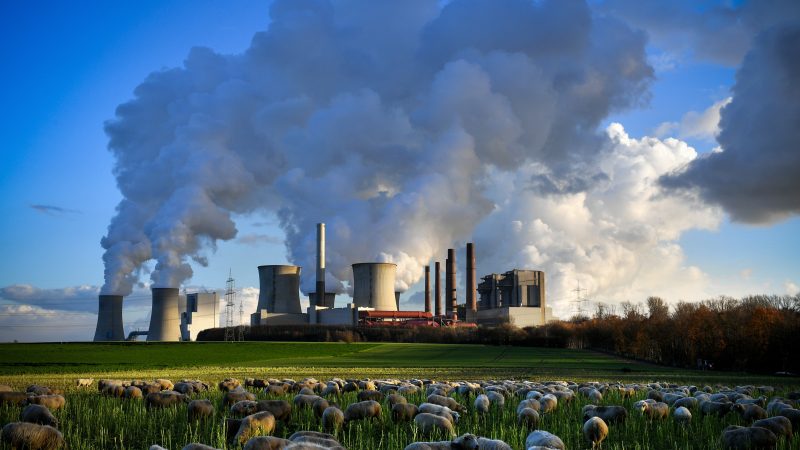

Human activity will push concentrations of planet-warming carbon dioxide in the atmosphere to levels 50% higher than before the industrial revolution this year, breaching a symbolic climate change threshold, the UK’s Met Office forecast on Friday (8 January).
With 2021 seen as a critical year for implementing the 2015 Paris Agreement to avoid catastrophic climate change, scientists said the prediction underscored the need for rapid action to slash emissions of CO2 from burning coal, oil and natural gas.
“The human-caused build-up of CO2 in the atmosphere is accelerating,” said Richard Betts, a climate scientist at the Met Office. “It took over 200 years for levels to increase by 25%, but now just over 30 years later we are approaching a 50% increase.”
Emissions from fossil fuels and deforestation will cause CO2 to continue to accumulate in the atmosphere in 2021, with concentrations expected to exceed 417 parts per million (ppm) for several weeks from April to June for the first time.
That record level would be 50% higher than the concentration of 278 ppm at the dawn of the industrial era in the late 18th century, the Met Office said.
The annual peak is likely to be followed by a cyclical fall as plants growing in the northern hemisphere summer absorb CO2. From September onwards, CO2 levels will resume rising, with the average annual concentration of the greenhouse gas seen at around 416.3 ppm, the Met Office said.
CO2 levels have long since passed levels considered safe by climate scientists. At a climate summit in Madrid in December, 2019, UN Secretary-General Antonio Guterres warned that 400 ppm had once been considered “an unthinkable tipping point.”
After falling sharply last spring as economies were hit by the coronavirus, emissions have now mostly returned to pre-pandemic levels, the Met Office said.
Nevertheless, the accumulation of C02 is expected to be slightly slower than usual in 2021 since weather patterns linked to a La Niña event should foster a burst of tropical forest growth that will soak up some emissions, the Met Office said.
Guest post from EurActiv




